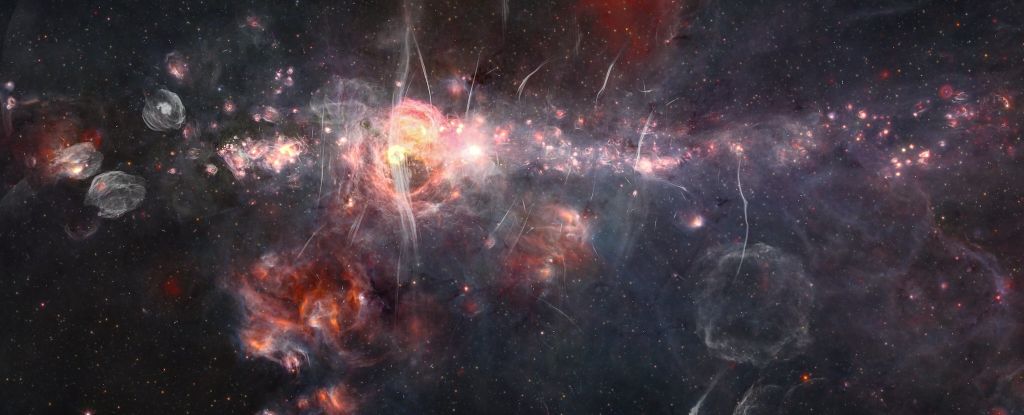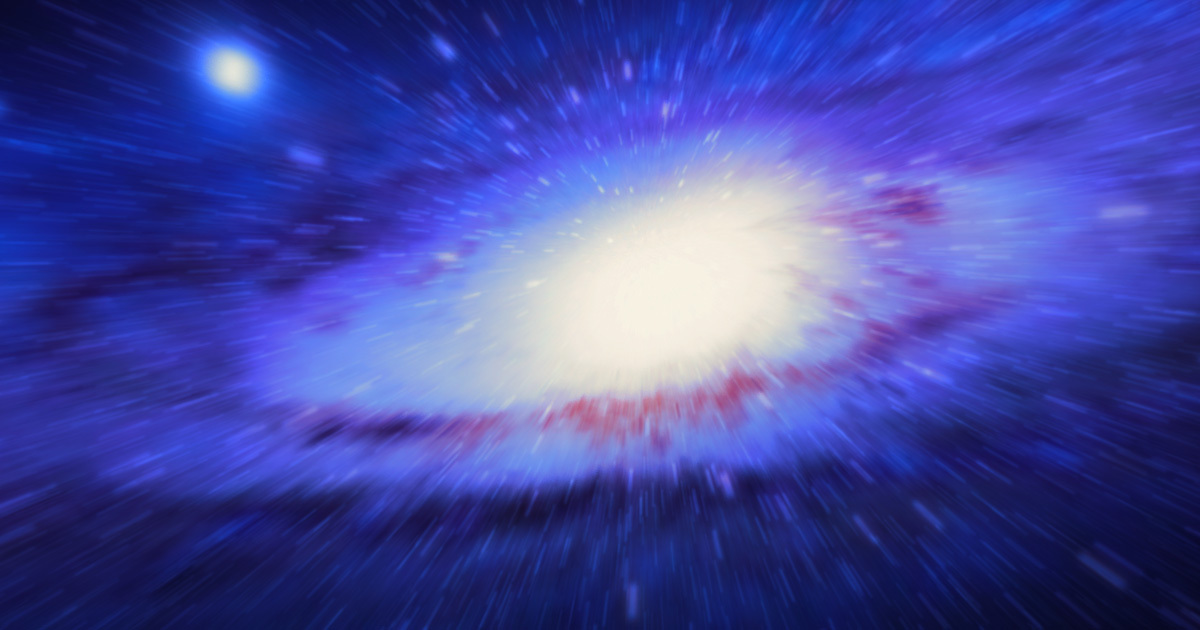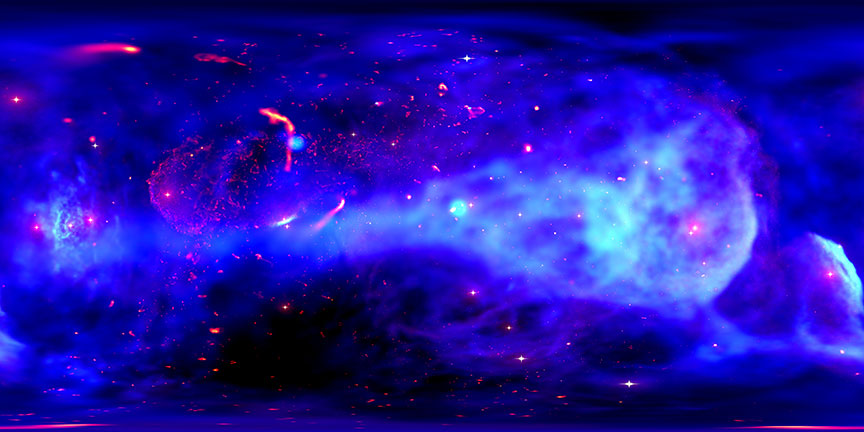
Traditional models of star formation suggest there may be as few as 300 black holes in the closest region of the supermassive black hole Sagittarius A*. But a new study suggests the number of stellar-mass black holes is much higher.

An observatory high in the mountains of Mexico has recorded repeated emission of some of the highest-energy gamma rays ever recorded from a single point close to the galactic center.

Astronomers have found evidence for an intermediate-mass black hole in IRS 13, a population of dusty stellar objects within the nuclear star cluster of our Milky Way Galaxy.

Strange thing about our galaxy's nucleus, according to new research: stars that stay young indefinitely by feeding off dark matter particles.

A study of the stars crashing around in the Milky Way's galactic center suggests that they are much, much older than they appear – and that their youthful good looks are the result of cosmic cannibalism.

In 2020 astronomers found six objects orbiting Sagittarius A* that are unlike anything in the galaxy. They are so peculiar that they have been assigned a brand-new class – what astronomers are calling G objects.

The Breakthrough Listen Investigation for Periodic Spectral Signals (BLIPSS) project is designed to seek and amplify strangely pulsed radio emission from the galactic center that may be messages from extraterrestrial intelligences.

Australian astronomers have discovered one of the biggest black hole jets in the sky. Spanning more than a million light years from end to end, the jet shoots away from a black hole with enormous energy, and at almost the speed of light.

Astronomers have never seen one like this before: a galaxy in miniature, orbiting perilously close to the center of our own galaxy.

Astronomers have found six objects orbiting Sagittarius A* that are unlike anything in the galaxy. These objects look like gas but behave like stars. They are so peculiar that they have been assigned a brand-new class - what astronomers are calling G objects.

Data obtained by VLT showed evidence of massive stars bursts billions of years ago in the galaxy’s center. The more recent burst was so intense that resulted in 100,000 supernova explosions. These findings are inconsistent with our notions that stars formed continuously in our galaxy.

This 360-movie offers an unparalleled opportunity to look around the center of the galaxy, from the vantage point of the central supermassive black hole, in any direction the user chooses.

You’re looking at the center of our galactic home, the Milky Way, as imaged by 64 radio telescopes in the South African wilderness.

Astronomers working with the European Space Agency's (ESO) Very Large Telescope (VLT) in Chile have just announced that a black hole-observing device called GRAVITY is now fully operational and it's has already provided one accurate measurement.